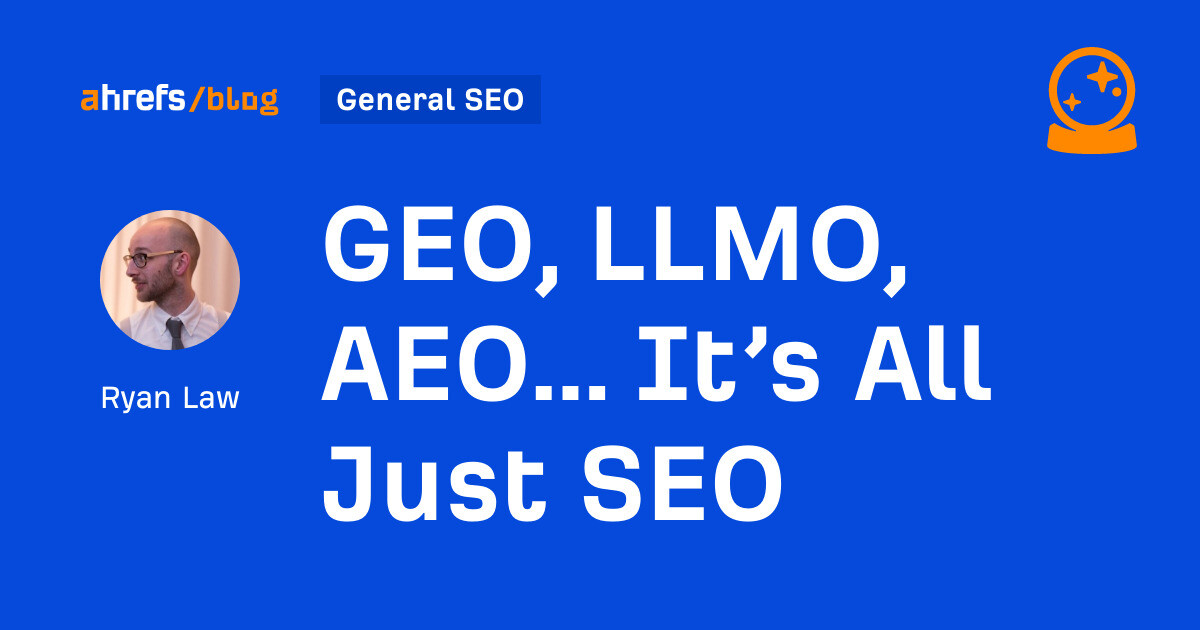Shows how many different websites are linking to this piece of content. As a general rule, the more websites link to you, the higher you rank in Google.
Shows estimated monthly search traffic to this article according to Ahrefs data. The actual search traffic (as reported in Google Analytics) is usually 3-5 times bigger.
The number of times this article was shared on Twitter.
SEO is one of the most popular types of digital marketing services. But it can be challenging to sell because there are many types of SEO services and service providers offering them. That’s why we created this guide. Learn the basics and then follow our five steps to help you craft and improve your pitch to close more sales and get more clients. But before we do that, let’s discuss why people buy SEO services and what they’re looking for. There are three main reasons why people buy an SEO service: I’ll explain each with a few examples. While organic search traffic is still the dominant traffic channel, many business owners don’t care about SEO (search engine optimization). They want profitable customers or sales. When I worked in telecom marketing, the managing director wanted 2,000 new customers a month using the allocated £50,000 budget—regardless of the marketing channel. Your website can suffer from bad user experience due to slow loading times, and you need a technical SEO expert to help you prioritize and fix the issues. When a company plans for growth, this usually means scaling up its internal team or hiring an external SEO agency because it lacks the time, resources, and skills to grow its business through organic traffic. For example, you can enter the following into Ahrefs’ Content Explorer and filter by the last 90 days to identify growing companies you can try and sell SEO services to: accountant AND ("raise" OR "launch" OR "open" OR "relocate" OR "acquire" OR "expand" OR "expansion" OR "new" OR "director of" OR "appointed" OR "change of" OR "hired" OR "recruited" OR "appointment") Change the bolded word in this search query to a job title or industry, e.g., accountant, gaming, restaurant, marketing, property, etc. The sales process begins by defining the services you will offer to potential clients. In our guide to generating SEO leads, we mentioned that there are three types of SEO services that a prospective client is looking for. Let’s now look at how to improve your pitch so you can get more SEO clients. To be taken seriously by prospects and get a foot in their door, you need to make them aware of the results of your SEO efforts in your emails, landing page content, forum posts, and personal conversations. If you don’t already have proof or results, start creating them. For example, from Ahrefs, I downloaded the following image of the organic traffic of a company I did SEO and content marketing for and added it to my website: If you worked on an effective link building campaign, enter its URL into Ahrefs’ Site Explorer, take a screenshot of the referring domains, add it to your website’s testimonials page, and describe the objectives, process, and results of the campaign. Here’s an example showing how Will improved his site speed by 718% and ended up with more than two times the traffic. In addition to outlining his process, Will shared a screenshot comparing December’s higher traffic with October’s traffic: Even better, if your customers give positive reviews about the results they got from your SEO work, you have established credibility in the eyes of potential customers. The next step is to find and qualify potential customers. You can find prospects using inbound marketing, e.g., your website, SEO, PPC, Facebook groups, communities, referrals, email marketing, and outbound techniques such as email and telephone outreach. Then you qualify prospects using the right questions regardless of your marketing channel. You can use a qualification sequence like the one below when pitching prospects. In all, 60% of marketers say inbound marketing practices, such as SEO, are their highest quality source of leads. I’ve used this sequence to qualify new website visitors to my website: First, I ask them if they’re looking for clients, sales, or website improvements: Then I ask a couple of questions related to the first question. Then I ask if they have any budget: Then I offer a scheduled call: If they don’t have a budget, I invite them to subscribe to my newsletter, where I can pitch them services later: For example, Fiona told me she’s looking for four new clients who spend around £1,000 but indicated she doesn’t have any budget: If they have some budget, I ask for their name, email, and URL, inviting them to a discovery meeting: You can email your subscribers asking the first question and a similar sequence to qualify prospects: In this example, Cecilia clicked the “More clients” option and indicated she’s looking for 11–20 more clients: Then she scheduled a call by completing the form you saw earlier. In this outbound example, I phoned Richard, a director in an insolvency practice company for whom I’d previously built a website. In previous conversations, he told me that he gets paying customers from other marketing channels and how much he pays for a qualified lead and customer. He is a qualified lead, as he told me he has a budget and needs more customers. Now it’s time to pitch to him. If you’ve qualified a prospect before a discovery call, you’ve already got the information you need to propose an outcome for them. (Otherwise, the call is going to use the questions in step #2.) With Richard’s permission, I’ve done my best to recreate our telephone conversation to give you an idea of how this can go. Me (text): Can I bounce something off on the phone? Richard (text): Call me. Me: Hi, Richard. So we’ve talked about how much you spend to get new customers. Ideally, how many new customers are you looking for each month? Richard: 20. Me: So you have a very high customer conversion rate from these other channels. But let’s say your website can generate qualified leads, and your team can convert 20% of those leads into customers. That means you’ll need about 100 qualified leads from the website a month. Richard: Correct. Me: Let’s say the website can convert 10% of its traffic into qualified leads, meaning it needs 1,000 visits a month. Richard: Yes. Me: So I checked out Google Ads for target keywords like “debt management plans” and “business insolvency,” and your customers’ search. And the cost per click was £16 a click. So you’d need to spend £16,000 a month with Google Ads to get your 1,000 website visits— based on the above calculations. Richard: I’m not spending £16,000 a month (laughs). Me: So let’s look at an alternative solution. I was looking at the website traffic of two of your competitors that generate qualified leads from their websites. One gets 5,700 visits a month; the other 7,200 visits a month from the organic results, not the paid results. So you’re a finance guy. You know it takes ongoing investment before you see a return, right? Richard: Right. Me: So to get that kind of traffic, I’d need to identify the right things people search for. I’d need to pay someone else with expertise in your industry to write the right content for those things. And I’d need to invest in earning links from authoritative websites. Richard: And we only want people looking for company liquidation, not personal liquidations solutions. Me: Exactly. So what would you invest each month instead of spending £16,000 with Google Ads to get the 1,000 visits? Richard: Well, quickly off the top of my head, probably about £2,000–£3,000 a month. Me: How did you come to that number? Richard: I’m the finance director. We can afford to invest £24,000–£36,000 in a year where we don’t need to see short-term results. To calculate the CPC of the keywords your customer would target, go to Ahrefs’ Keywords Explorer, enter their target keywords, and look at the CPC column. When the call naturally ends, you can finish the conversation with, “So where do you think we should go from here?” There are only three outcomes of asking this question: So I wrapped up the call with Richard and said I’d draft up the scenario we discussed. Fortunately, I’m working with the person who makes the final decisions and the one who approves payment. So the next day, I emailed Richard this one-page proposal summarizing the objective, campaign, pricing options, and competitor traffic analysis. You can create a copy of it here. Then I met up in person with Richard. After some small talk, I asked if he’d read the proposal. He asked me to explain if the competitors’ growth was achievable, which led the conversation to link building. I explained how he could ask for links from some of his industry contacts and accreditation websites, but the rest of the links would need to be earned. Then I explained the keyword research and content processes (choosing which topics to write about) and the differences between pricing option A and option B. Richard ended the conversation by stating that he was bought into the idea. But as one director needed to review, edit, and approve all content writing, he needed buy-in from all members of his team. Your prospect may loop someone else like a sales, marketing, or web manager into the project to join a follow-up sales meeting and discuss the following: Using our SEO contract template proposal, complete the details of the highlighted areas: This contract includes: In addition, you may also be asked to sign an NDA (non-disclosure agreement) by the client before they share company information with you and your team. Here’s a quick recap. We covered how to approach selling SEO services by focusing on three key areas: Got questions? Ping me on Twitter.Outcomes and results
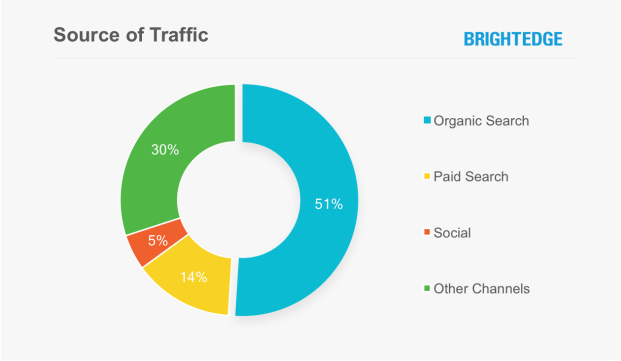
Fix a problem
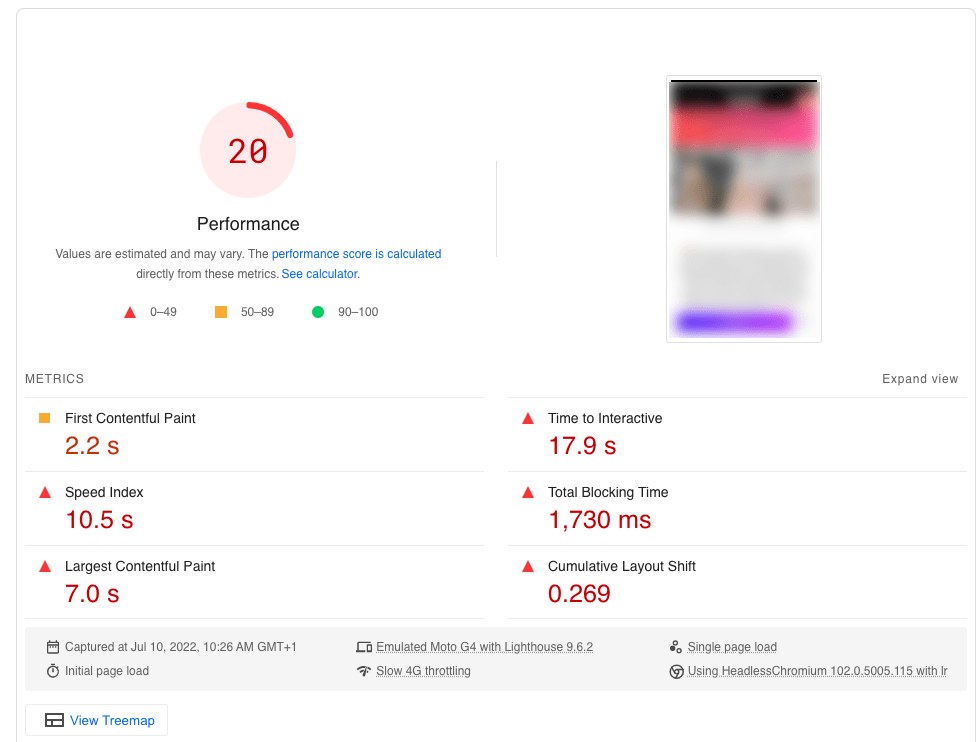
Scale
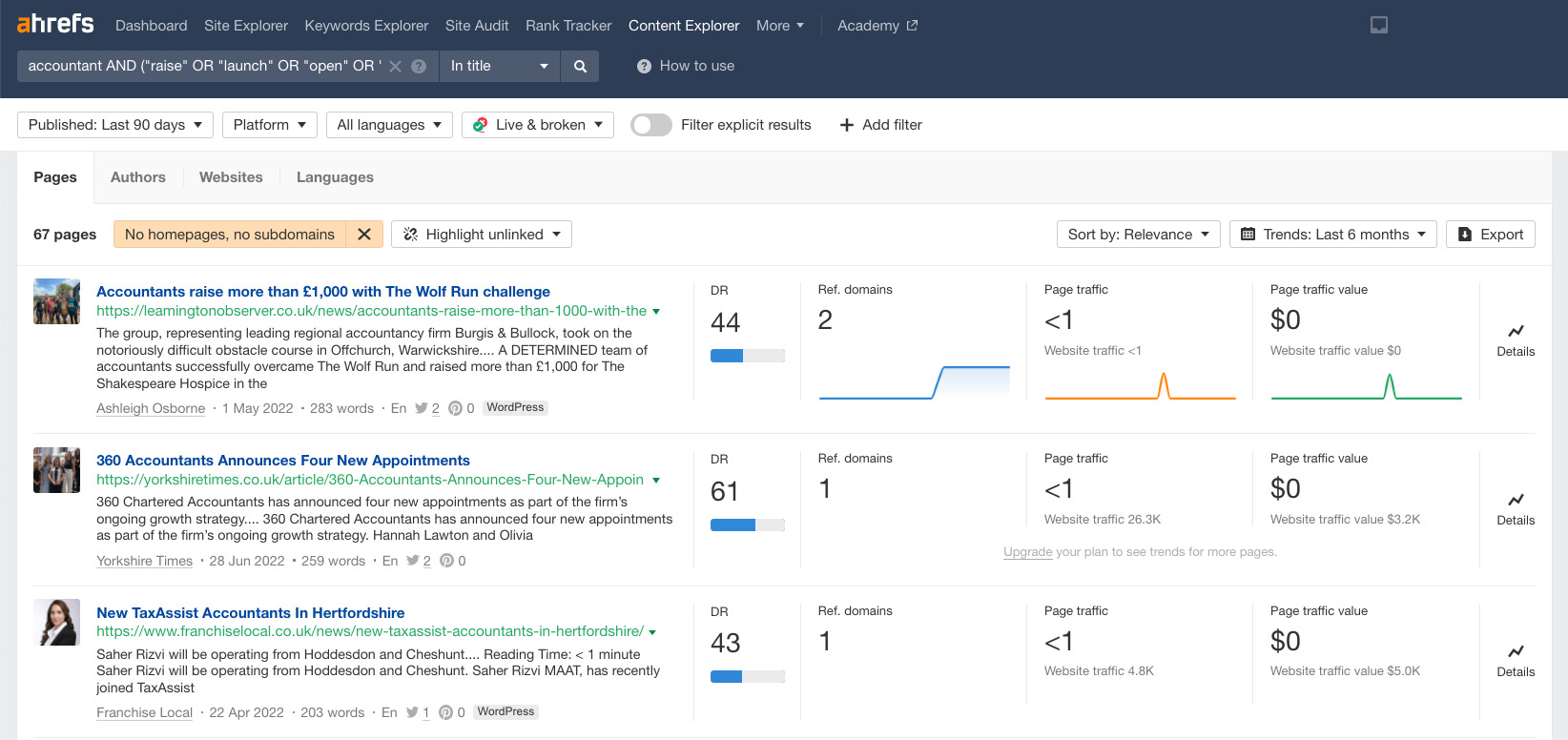
Show traffic or links earned with screenshots

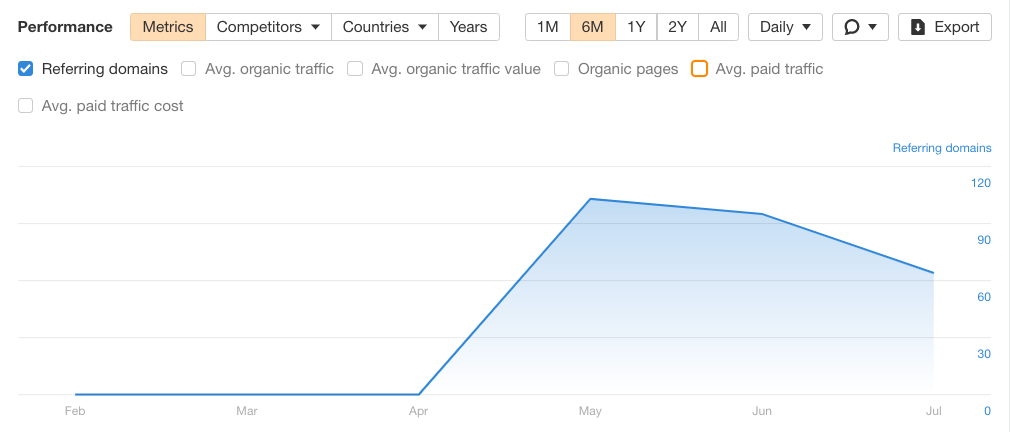
Show before and after results
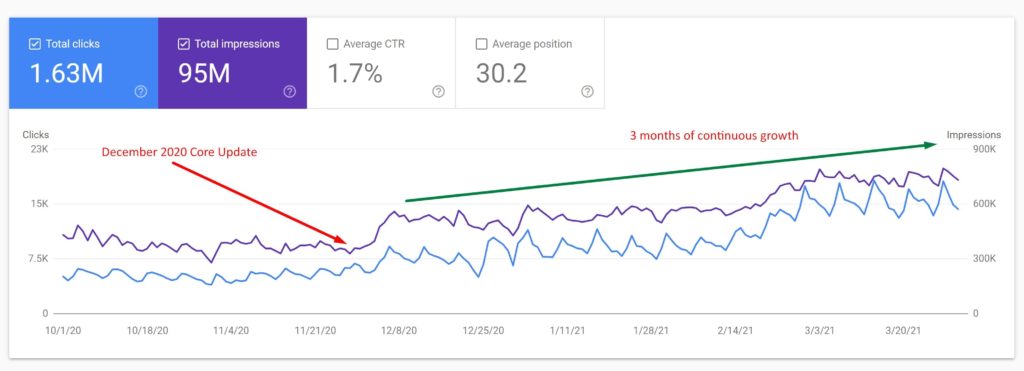
Get client testimonials
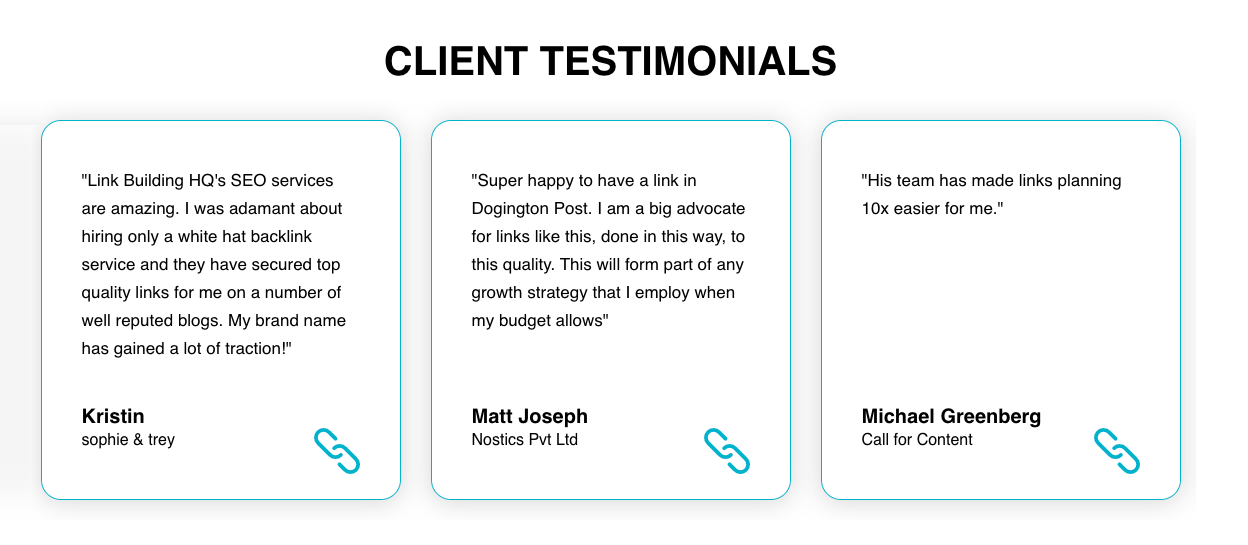
Their Goal More clients ↓ More customer sales ↓ Improve site ↓ Q2. How many clients? ↓ Q2. How many customer sales? ↓ Q2. What improvements? ↓ Q3. Revenue per client ↓ Q3. Average order value ↓ Q4. Keywords target audience search ↓ Q4. Keywords target audience search ↓ Q5. What’s your budget? ↓ Q5. What’s your budget? ↓ What’s your budget? ↓ Q6. Name, email, URL, and phone Q6. Name, email, URL, and phone Name, email, URL, and phone Example 1. Inbound
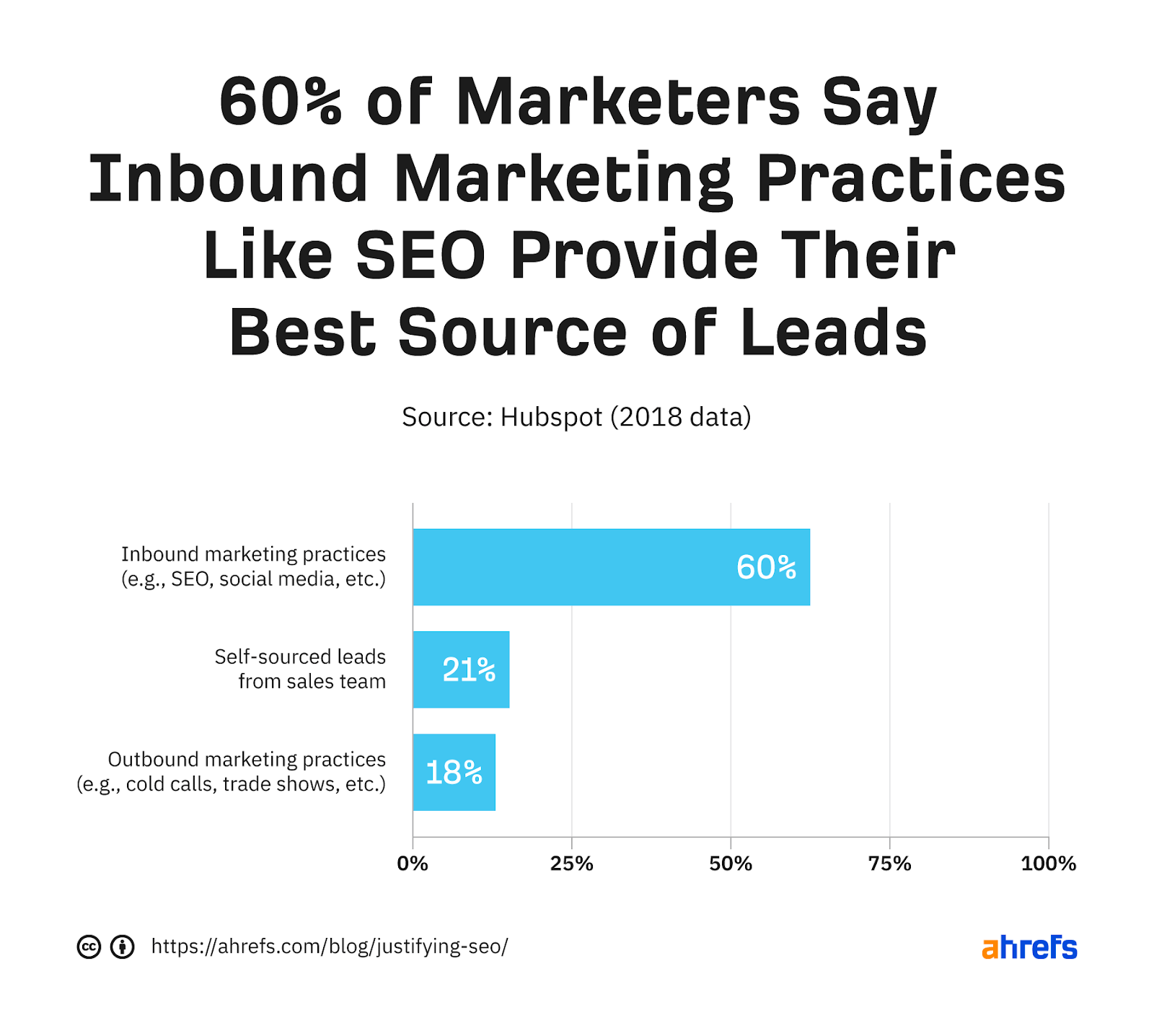
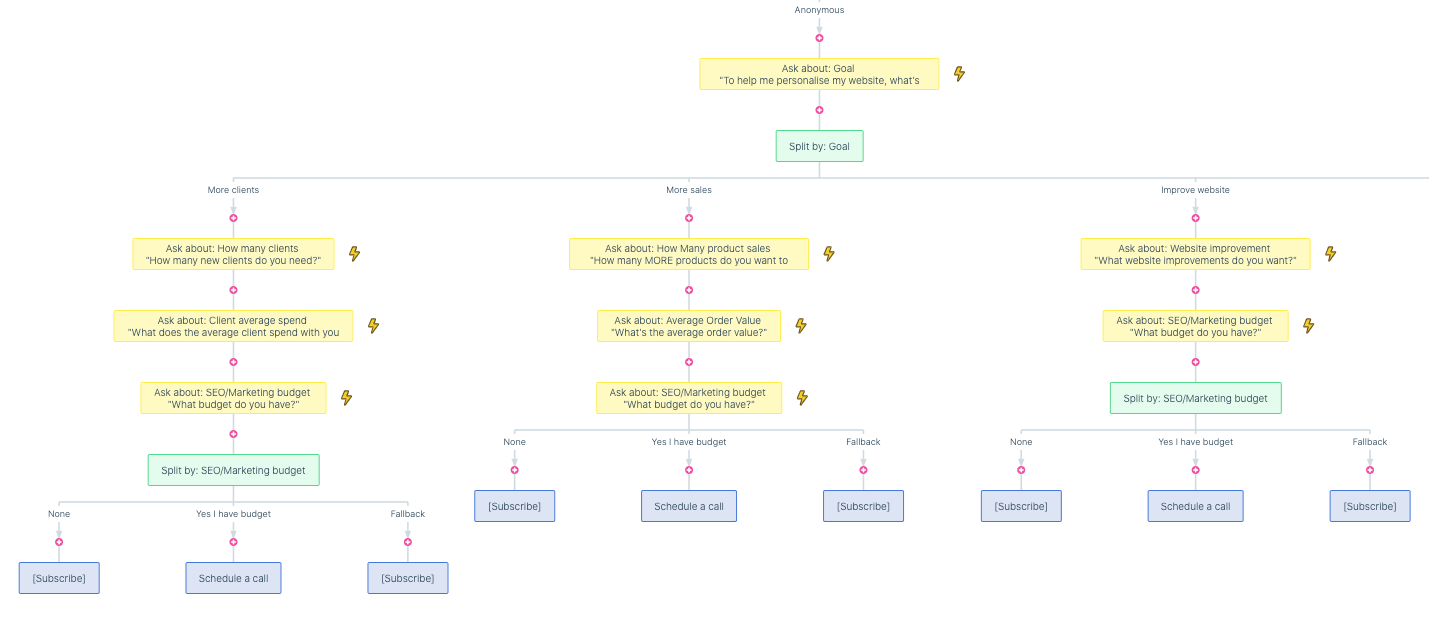
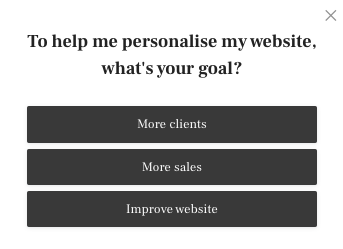
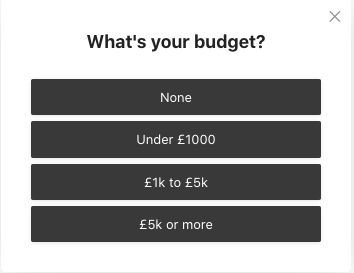
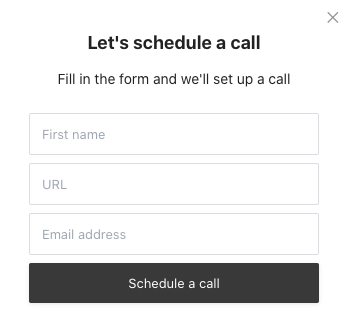
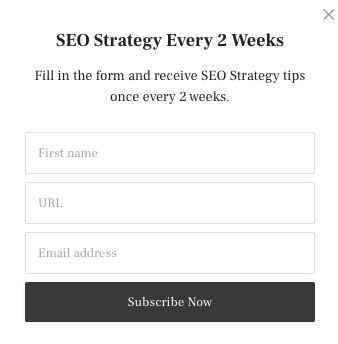
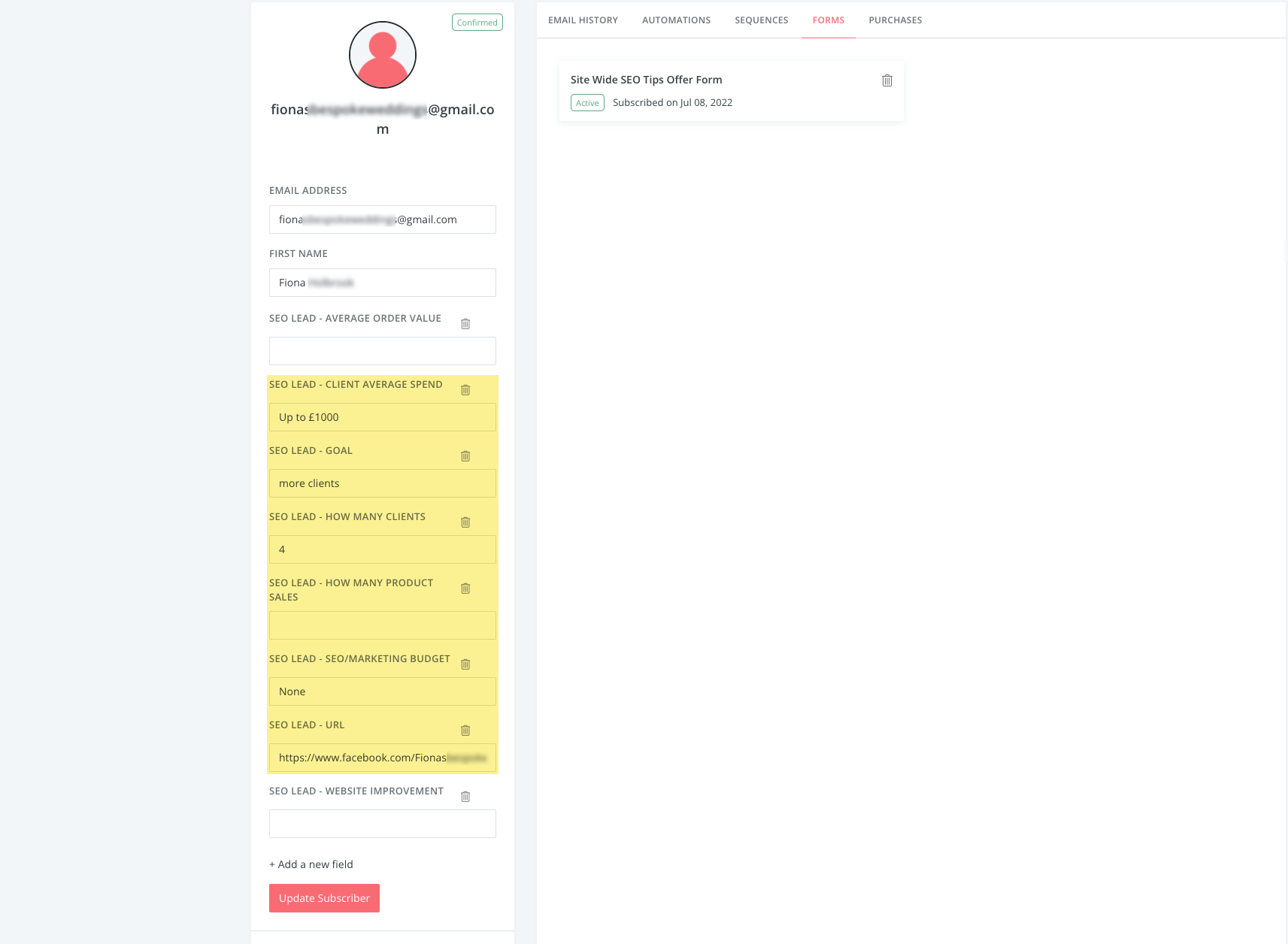
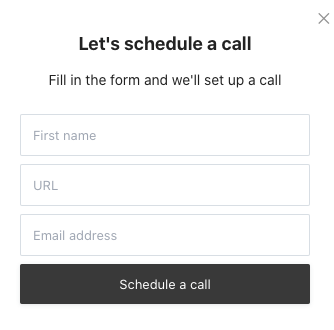
Your email list


Example 2. Outbound
How to pitch their outcome (more clients)
A quick explanation

Ending the discovery call
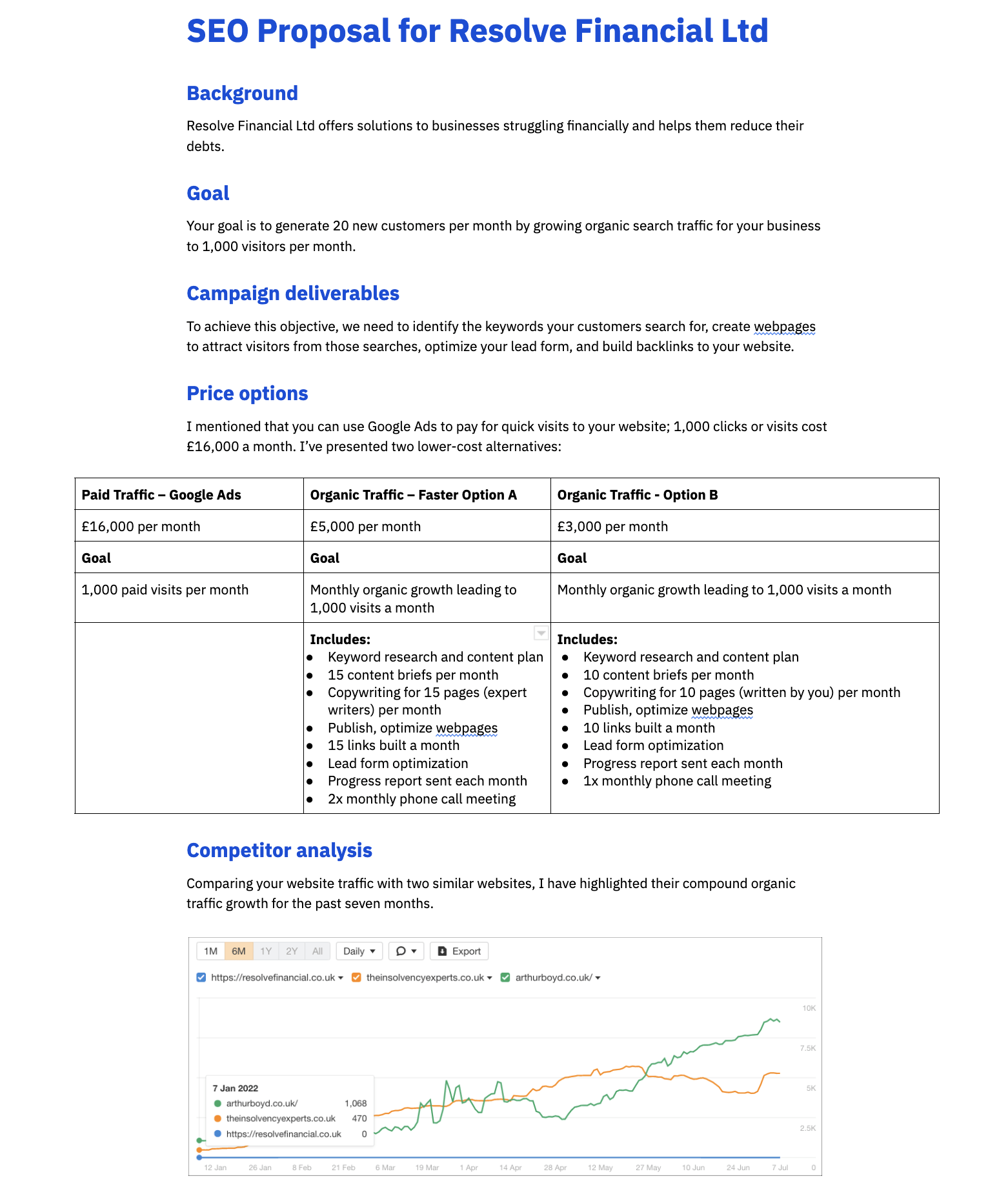
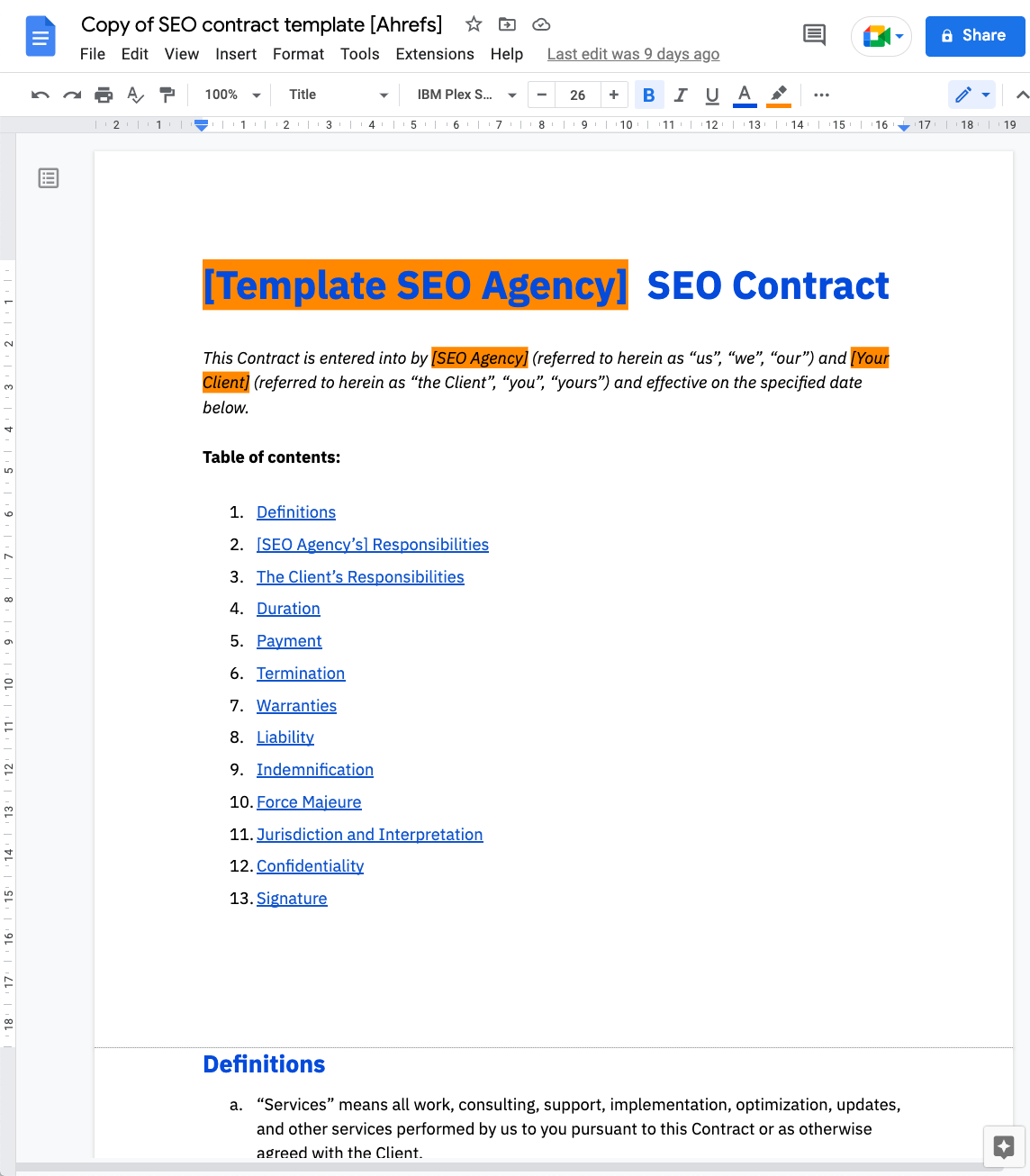
Final thoughts




